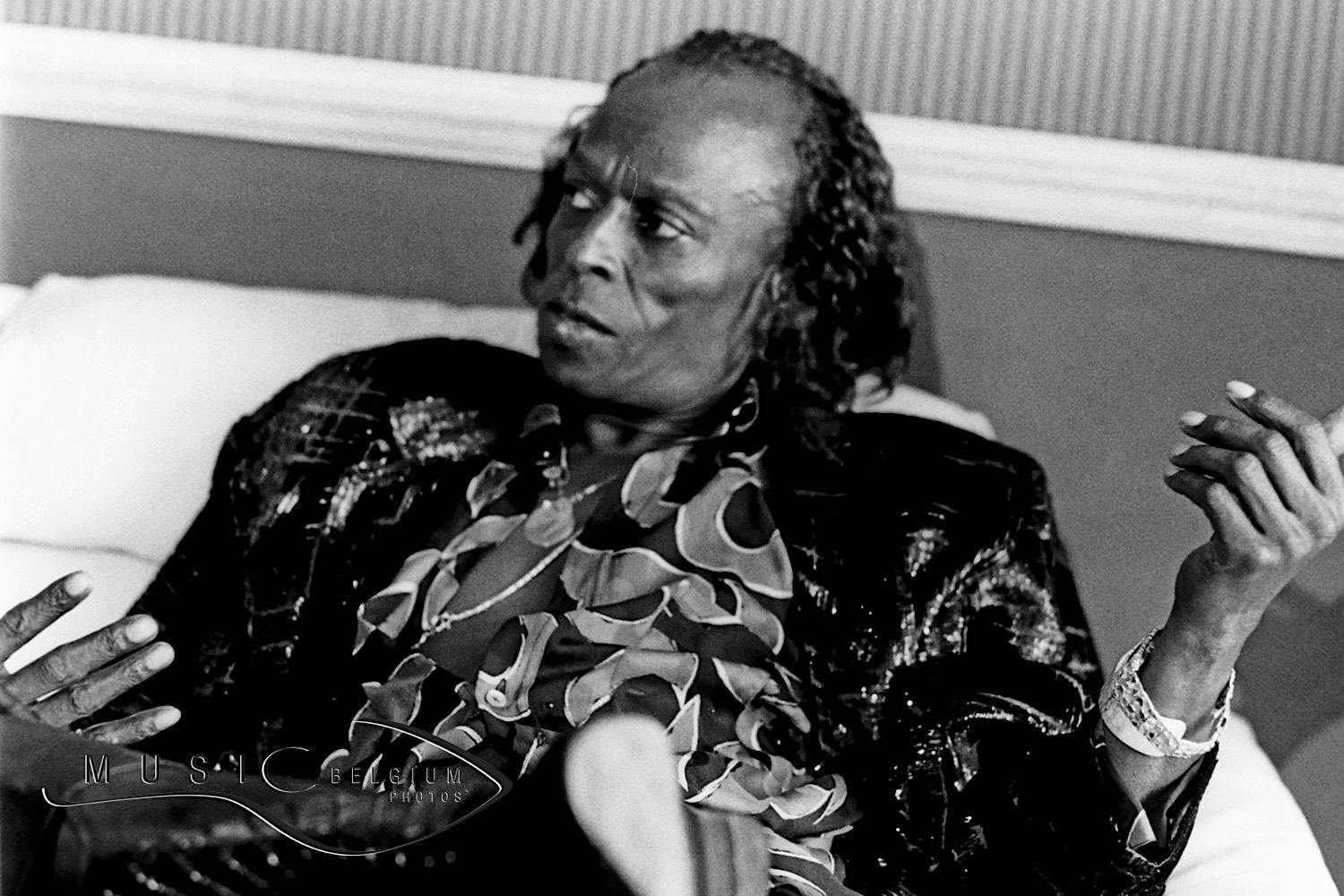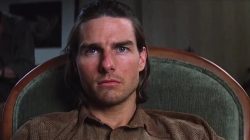Miles Dewey Davis III, with his complete name, was born in Alton, Illinois, in 1926. Highly adaptable, the career of this exceptional jazz trumpet player is challenging to encapsulate briefly. Let’s concentrate here on his remarkable and uncommon work in film scores.
A groundbreaking artist, he was closely linked to the rise of the
Birth Of Cool
movement in the late 1940s. But let’s consider his first trip outside the United States in May 1949. He landed in Paris to perform at a festival. He believed that black artists and people of colour in general were better respected on the Old Continent. There he discovered bohemian life and the jazz clubs of
Saint-Germain-des-Prés
. He was soon charmed by
Juliette Gréco
They had a profound connection that the trumpet player consistently portrayed as
“platonic”
, as he did not want their relationship to affect her growing career in America due to racial prejudices… Unfortunately, this romance was hindered by societal boundaries…
It was likewise in France that
Miles Davis
experienced cinema for the first time in 1958; he was then taken under the wing of a director.
Louis Malle
asked him to create and play the music score for his movie “Elevator to the Gallows,” featuring an actress
Jeanne Moreau
. Years later, critic Phil Johnson referred to this exquisite score as the
the most sorrowful and isolated trumpet melody ever witnessed. Once you hear it, tears become inevitable.
Most remarkably, these evocative instrumentals were improvised in under four hours while viewing the movie clips!
Miles Davis frequently enjoyed mentioning that
Music is also about the quiet spaces between the notes.
He undoubtedly employed this minimalistic yet emotionally charged style in “Elevator to the Gallows.”
I had never watched the movie prior. After they presented the visuals, I performed based on my emotions. It felt as natural as breathing.
He disclosed in a conversation with “DownBeat” magazine in 1986.
Following this initial impressive venture into filmmaking, Miles stepped back from the cinematic world but permitted his music to be used in several smaller productions. During breaks between tours, he had fun taking up acting roles, frequently portraying himself, such as in the renowned television series “Miami Vice” (1985) or in the movie adaptation of “Scrooged” in 1988. Whenever cast as a musician, Miles embraced the role with enthusiasm!
Composing the initial music score for “Dingo” (1991), he sürecin
صند$fdata الإلك
Michel Legrand
, another of his notable works for the silver screen is “The Hot Spot,” an outstanding noir film helmed by
Dennis Hopper
In 1990, he contributed his trumpet skills to the arrangements of various pieces.
Jack Nitzsche
alongside
John Lee Hooker
and
Taj Mahal
Another one of those (infrequent) film scores that send chills down your spine, whether you watch the visuals or not…
(MH with Stéphane Soupart – Image: © Etienne Tordoir)
Image: A portrait of Miles Davis taken at the President Hotel in Brussels, Belgium, on October 29, 1986.







